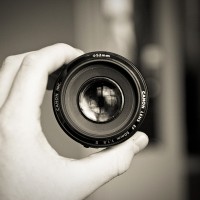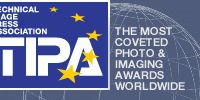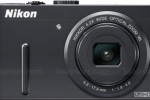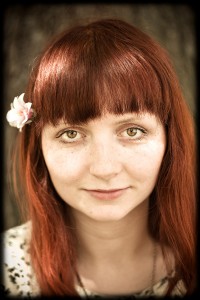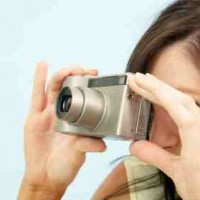
If you have been taking pictures for a long time, you’re probably fairly set in your camera-buying ways. You probably have brands you prefer over others; you know what you want out of your equipment, and you have an idea of the latest developments in camera technology.
When you need to buy a new camera, you’re normally most of the way there before you have even set foot in a shop or headed to your favourite camera-purchasing website. However, it is all a bit different if you are a first-time camera buyer, an occasional picture-taker, or buying a camera as a gift. The market is extensive, and a fairly daunting place. What to do?
There are quite a few camera comparison websites out there so I thought that I’d take a poke around and see which offered the best — or at least most useful — guidance. Seeing as I am a dyed-in-the-wool Canon user, I also employed the assistance of some slightly less camera- (and to be honest, web-) savvy potential consumers: my parents.
The mission: I told my father that I’d dropped his beloved Canon Ixus in the sea and had £150 to replace it, whilst my mother was entrusted with the task of finding an entry-level dSLR for my brother. So what did we discover?
Cameras.co.uk

Reviews, direct comparisons, and selection according to criteria are set out clearly, but the site is heavily focused on compact cameras. The reviews are arranged by camera type, for example ‘simple and easy’ or ‘pocket-sized’, and offers a numeric comparison across that group before you click through to a detailed review of a specific camera.
There is a range of pre-selected head-to-head camera comparisons, but they are pre-selected so you might feel a little limited there, and none of them looks at dSLRs, so it wasn’t very helpful for my mother. When it comes to the camera selection tool, it includes a price criterion and to my father’s relief, there was a link explaining the different terms.
Verdict of cameras.co.uk: good start for compact cameras, but not so useful for dSLR shopping.
DPReview

This site met exactly the same response from both Ma and Pa: ‘It doesn’t have a price comparison feature!’ That is a fairly significant defect, especially for my father, who was working on a strict budget. He was also quite intimidated by the other comparison criteria. It was all too technical for a some-time picture-taker.
Verdict of dpreview.com: good if you already know about cameras (and if money is no object), but not for a novice.
Digital Camera Reviews

This was the least helpful site we visited. There wasn’t any mechanism to select criteria for your camera, which meant that you had to sift through 601 different entries, covering everything from camera cases to memory cards before finding actual cameras.
Both my parents gave up and didn’t even make it as far as reviews. I took a look and was rather unimpressed: three lines doesn’t tell me what I need to know.
Verdict of digitalcamerareviews.org.uk: don’t bother.
Let’s Go Digital

This site hit an instant snag with my parents: there was no select by price function. When prices were mentioned, they were in US$, which is great for all you American readers, but not for my parents. However, I did like the reviews ascribed to individual cameras.
Verdict of letsgodigital.org: a good site to hit after you’ve done some initial research to establish what you’re looking for in a camera and have a few potential contenders.
Snapsort

Snapsort was my Dad’s favourite. Using its ‘Just tell me!’ function, he was able to tell it how much he had to spend on what sort of camera, and it made a series of recommendations for him. My mother was impressed by the colour-coding on the ratings and that it offered clear explanations of different camera terms and features.
I like that it offers head-to-head comparisons between any cameras of your choosing across two different interfaces, but also features its most popular comparisons. I wasn’t quite so impressed by the usability of the selection criteria interface, it was just a bit on the clunky side for me, and that it only offered statistical evaluations didn’t satisfy my ‘I need an opinion!’ craving. However, the killer feature of this site is that it shows prices in seven different currencies.
Verdict of snapsort.com: a clean design for what is probably the most comprehensive site out there.
What Digital Camera

Immediately this site won points with my mother because she was able to select ‘dSLR’ from a drop-down list and could sort the reviews according to price or ranking, and then make direct comparisons between cameras.
Each camera has an extensive review that gives marks out of 20 for design, image quality, performance, value, and features, states it pros and cons, and tells you what the reviewer thought of it. My dad loved that there was clear advice that set out what to look for when purchasing a camera.
Verdict of whatdigitalcamera.com: ugly site design (but hey, I love Small Aperture’s look and there are probably people who don’t) but it helped my parents to make a stress-free and informed selection.
The overall verdict?
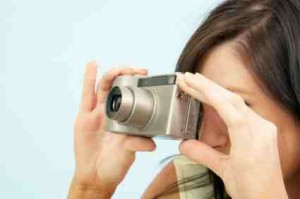
There isn't a one-size-fits-all camera comparison site out there, but by combining several of them, you can reduce your research time, at least!
Relying on one site probably won’t give you sufficient breadth of information to make a decision, but by combining their strengths — for example Snapsort’s high-level overview and head-to-head comparisons with What Digital Camera?’s more detailed reviews — you will have a good idea of what is available on the market and can draw up a shortlist of contenders.
Once you’re armed with an overview, you can walk into a shop without feeling quite so overwhelmed and make a selection: After all, there’s nothing quite like holding a camera in your hands to help you come to the right decision!
 Once a year the Technical Press Imaging Association, or TIPA, meets in a desirable location—this year it was Hong Kong, last year in was Cape Town—to settle on which manufacturers have produced the best easy-to-use compact cameras, most innovative tripods, and the swishest top-end dSLRs over the past 12 months.
Once a year the Technical Press Imaging Association, or TIPA, meets in a desirable location—this year it was Hong Kong, last year in was Cape Town—to settle on which manufacturers have produced the best easy-to-use compact cameras, most innovative tripods, and the swishest top-end dSLRs over the past 12 months. 








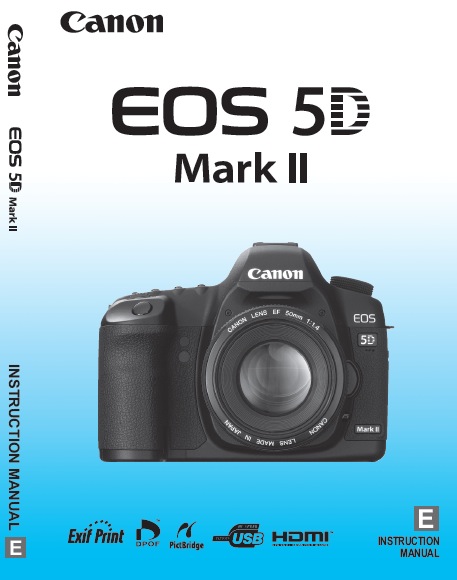 1) Read your camera’s manual. I know, you’d be hard-pushed for thinking of anything more boring to do than read a camera manual, but I’ve made a habit of reading every manual of every camera I’ve ever had: It’s the only way to fully understand all the features of your camera and where to find them. Except the A-DEP feature (Automatic Depth of Field), of course. Nobody understands the point of that.
1) Read your camera’s manual. I know, you’d be hard-pushed for thinking of anything more boring to do than read a camera manual, but I’ve made a habit of reading every manual of every camera I’ve ever had: It’s the only way to fully understand all the features of your camera and where to find them. Except the A-DEP feature (Automatic Depth of Field), of course. Nobody understands the point of that.
